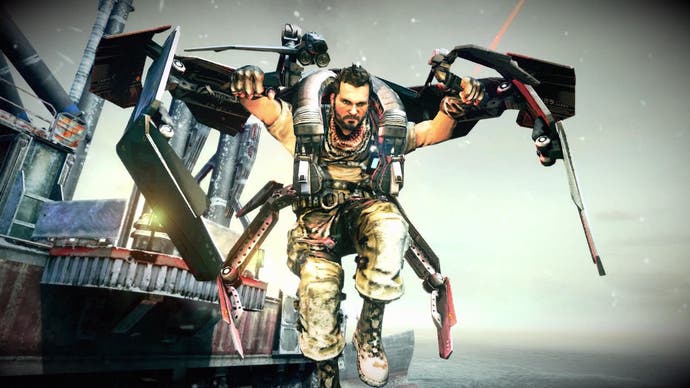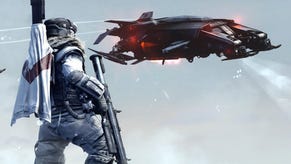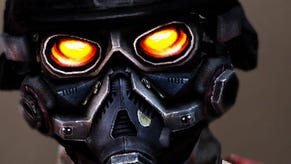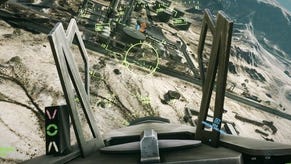Killzone 3
Nice guys finish Helghast.
As the saturation point looms, the first-person shooter pie has been sliced increasingly thin in recent years. The difference between some games is only a few crumbs wide and players have become connoisseurs almost by default, able to discern the subtle shift in flavours between games that, to the untrained eye, are practically identical. We've become fussy gourmands, favouring a Call of Duty or a Medal of Honor based on tiny changes to the recipe.
All of which makes the games that serve up a distinctive taste even more polarising. Killzone 2 was one such dish. I loved its streamlined and ruthless construction, which dipped you into one long, aching push into the Helghan capital to confront and capture Emperor Visari. Where other games hopped between locations and storylines like a hyperactive child, Killzone 2 was all about life as a foot soldier in a crappy situation. The scenery rarely changed, the weapon set remained largely the same and the enemies varied little.
Despite its sci-fi trappings, it felt like a real military campaign where your goal was never more lofty than simply reaching the next objective, traversing a fortified bridge or circumnavigating enemy artillery. Movement was heavy for the genre, as if you were weighed down by the alien atmosphere. It felt muscular and foreboding, a conflict where traditional gung-ho videogame heroics were a quick way to get killed.
This single-minded and semi-realistic approach (shared with the similarly divisive F.E.A.R.) certainly wasn't for everyone. Sadly – for me, anyway – series developer Guerilla has gone out of its way to woo those who didn't click with the previous game's design aesthetic in Killzone 3. The single-player campaign trips over itself in its eagerness to offer something different with each new level, often losing its unique flavour and almost becoming just another slice of FPS pie in the process.

The story grabs your attention with a cheap but effective "gotcha" opening, then hops back in time six months for around half the game before jumping forward again to bring you back up to date for a Star Wars-style finale. Along the way you'll pilot a mech suit, fly a jet pack, drive a thundering tank made from chainsaws and man numerous turrets, including the obligatory vehicle chase shooting gallery where you blast away at pursuing APCs while your ride follows its scripted, theme-park course.
You'll fight Flood-style alien spiders and lethal Helghan ninja-types who look like they've wandered in from Vanquish. You'll take down not one, but two enormous boss machines by clambering around in their guts or shooting their usefully exposed weak spots. You'll even end up essentially playing After Burner in space.
In terms of environments, you hop from ruined city streets to icy glaciers, from neon subterranean jungles to vast beige junkyards, from pristine laboratories to low-gravity spaceship corridors. There's even an extremely ill-advised stealth section where you can become completely invisible by crouching in a patch of waist-high grass no bigger than a pizza box.









